by Rob McClure
The soundscape of our farm would not normally be a newsletter topic, nor would it even seem relevant to the enterprise of farming; but in the same way that we can often diagnose the health of our cars by the slightest variation in the sound coming from the engine compartment, so too is the overall health of the farm discernible just standing with open ears on the back porch.
In the early years of Hilltop – an era when hayfields were rather less assiduously kept -- the ecstatic vocalizations of a bobolink could be heard emanating from the neighbor's patch, nearby to the east. The birds had evidently found a corner routinely missed by the scythe in which to nest. From mid-May until July the riot of song would erupt, often with the male rising on wing to broadcast his message more widely on the wind.
Birders will understand my enthusiasm for the bobolink, whose buoyant demeanor, delightful coloration and spectacular singing stand in stark contrast to its pedantic and aggressive cousin, the redwing blackbird. A third relation, the meadowlark, could also be heard in the hayfield, its keening, flute-like note posing a sort of introspective counterpoint to the orgasmic outpouring of the bobolink which bursts forth in wren-like warbling followed by an extemporaneous jazz of additional notes, clinks and other tones. Both birds are signifiers of healthy prairie land, requiring 200 yards or more clearance to woodland typically in order to nest.
The meadowlark is somewhat more common in our area than the bobolink, and was the sole remaining voice competing with the din of the redwings after the bobolink disappeared in the mid 1980s. By the early 90s it was gone too, a victim of the golf course-like cropping of hay that prevailed in the efficiency-obsessed wake of the farm crisis. We would occasionally hear the odd call (or think we did) from one or the other species over the ensuing few years, inevitably far over head somewhere, probably a disconsolate individual in search of a parcel of territory big enough to nest in. After 2002, even the skies fell silent.
Again hearing the meadowlark's call was therefore one of my desires when, in 2004, we put the 24 acres on the back ridge – previously rented to a local farmer – into the Conservation Reserve Program. CRP paid us twice the rent we'd previously received to keep the parcel out of production and in permanent prairie cover, which they also helped us establish. Our ridge-top barely accommodated the necessary distance from trees to provide a comfortable meadowlark nest-spot, so I was hardly surprised over the ensuing years that no flute-like call returned.
But suddenly, in 2012, it did return. At first Erin and I were skeptical, assuming it was a starling mimicking the meadowlark's call, a feat they perform quite ably. But soon enough we spotted the characteristic yellow breast with its black “V” and, while the bird disappeared after a few days, we took its appearance as a positive omen. Another ephemeral showing in 2013 was followed by a nesting pair last year, the lovely call resounding from the prairie throughout the summer.
This year during planting I reared up from a bed of greens to the sound of a bobolink. Disbelieving, I searched for a starling perpetrator but turned-up the real bird instead, sailing overhead on stiff wings, disgorging the familiar jumble of notes as it went. It's been an auditory presence at the farm along-side the meadowlark ever since, the prairie evidently capacious enough to accommodate both.
There's a certain feeling of completion this brings me, though maintaining the prairie, which we spend many hours doing each summer, still feels slightly distant from the enterprise of agriculture. But as Erin -- ever the soil scientist – observed recently to a visiting agronomist, skeptical of the prairie's value, the prairie eco-tome, with its unruly species-mix and grasses rooting six feet deep, is what produced the farmable soils of the midwest to begin with.

